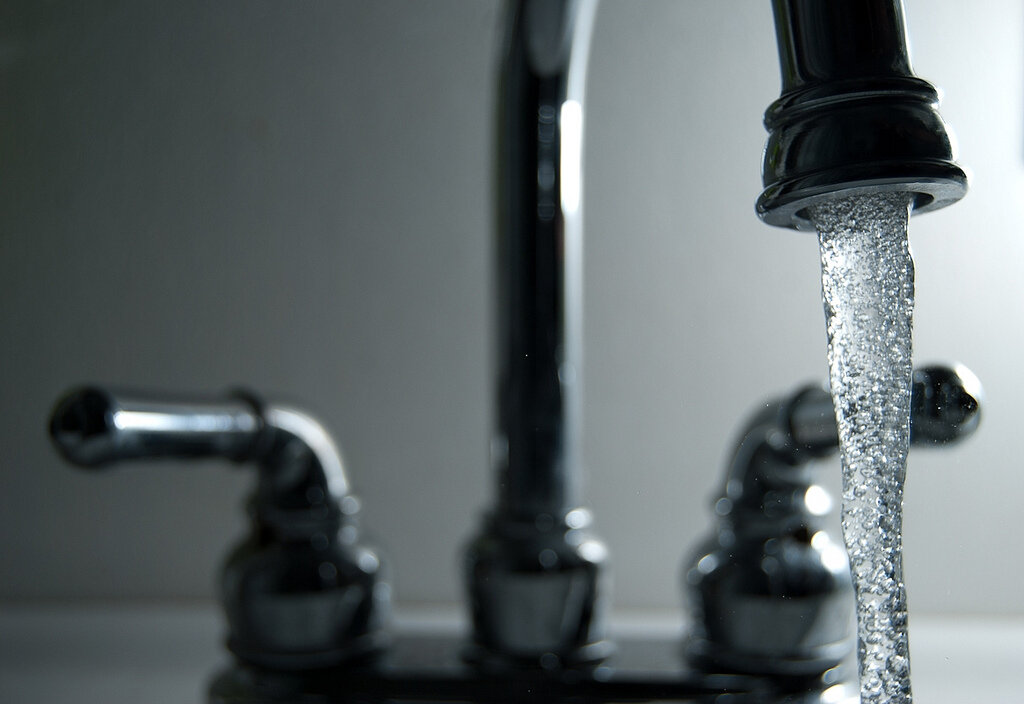As of 2024, the Environmental Protection Agency (EPA) is requiring water utility departments across the nation to create a Lead Service Line Inventory (LSLI) of all service lines and connections within their respective systems. This includes taking an inventory of lines located on the customer’s side of the meter.
This is a federal requirement and does not mean that there is lead in your drinking water. In fact, the City of Mount Pleasant tests regularly for lead per the Lead and Copper rule and has had ZERO (0) lead action level exceedances.
What this LSLI requirement means is that utility departments have never been required to keep inventory of what pipe materials customers use on their side of the line, but now we are being mandated by the federal government to do so. They are requiring us to do this now so that all customers have the opportunity to check their pipe materials to ensure they do not have lead pipes.
Homes built after July 1988 and beyond fell under a code that banned the use of lead service lines but should still be checked.
Please take a brief moment to review the information listed below and take the Pipe Survey to report what type of material your home service lines contain.
EPA Lead And Copper Rule
The EPA published a regulation in 1991 called the “Lead and Copper Rule” or the “LCR”. This regulation controls lead and copper in drinking water. Over time, it has undergone many revisions.
The Lead and Copper Rule requires systems to monitor drinking water at customer taps. If the system has lead concentrations that exceed an action level of 15 ppb (parts per billion) or has copper concentrations that exceed an action level of 1.3 ppm (parts per million), the system must take actions to control corrosion. If the action level for lead is exceeded, the system is required to notify the public about steps they should take to protect their health and may have to replace lead service lines under their control.
For more information regarding the Lead and Copper Rule, please go to epa.gov/safewater
What is The City of Mount Pleasant Doing To Protect Your Drinking Water from Lead Service Lines?
Water systems are testing water samples for a wide range of contaminates all the time. Lead is one of those contaminates. The City of Mount Pleasant has had 0 lead action level exceedances.
Water systems are now required to identify the material of every single service connection in our systems. As we go out and identify, we are creating what is called the LEAD SERVICE LINE INVENTORY. This inventory will list the system owned service line material as well as the customer owned service line material. Any and all connections, even if they are not in use, will be listed on this inventory.
-
Lead Service Line means just that. You are served by a Lead Service Line.
Customers with service lines that are identified as LEAD SERVICE LINES, GALVANIZED REQUIRING REPLACEMENT, or UNKNOWN will receive a notification in the mail about Potential Lead Exposure Risk. This notification will inform you about potential lead exposure and lists ways to reduce lead exposure.
-
Galvanized Requiring Replacement means you are served by a galvanized iron line that is downstream from a lead service line or unknown service line.
Customers with service lines that are identified as LEAD SERVICE LINES, GALVANIZED REQUIRING REPLACEMENT, or UNKNOWN will receive a notification in the mail about Potential Lead Exposure Risk. This notification will inform you about potential lead exposure and lists ways to reduce lead exposure.
-
Unknown means your service line material is unknown.
Many of our customers will receive this notification with the UNKNOWN box checked. This means that we do not know what kind of material the customer owned service line is. This notification will be sent annually until we can identify the service line material and act accordingly to what our findings are.
Over the years, it has never been a requirement to know what the customer owned service line was made of. You could have a number of different types of plumbing types. This is what an UNKNOWN service line is. We just don’t know.
Customers with service lines that are identified as LEAD SERVICE LINES, GALVANIZED REQUIRING REPLACEMENT, or UNKNOWN will receive a notification in the mail about Potential Lead Exposure Risk. This notification will inform you about potential lead exposure and lists ways to reduce lead exposure.
-
Non-Lead means your service line is non-lead. If your home was constructed after July of 1988, it will be listed as Non-Lead. After this date, there was a lead ban.

